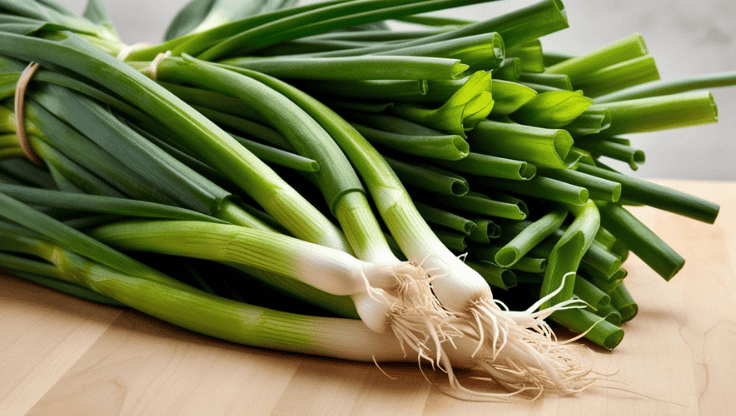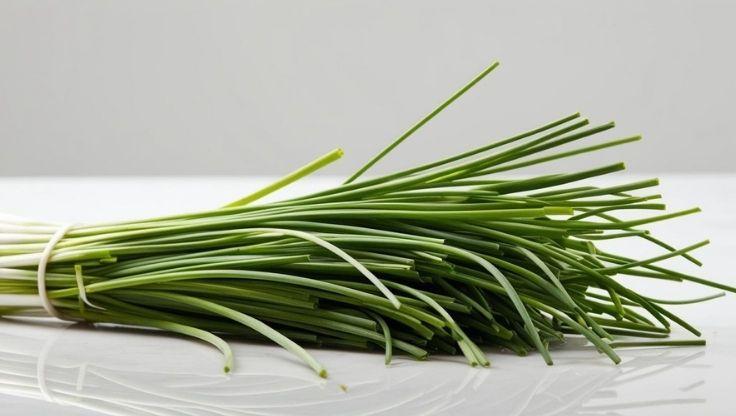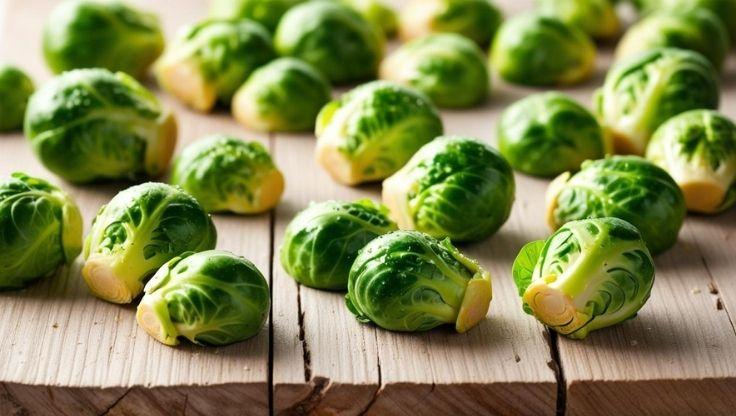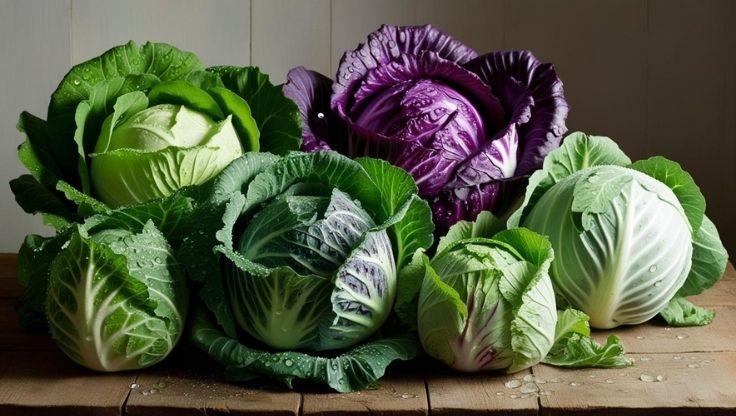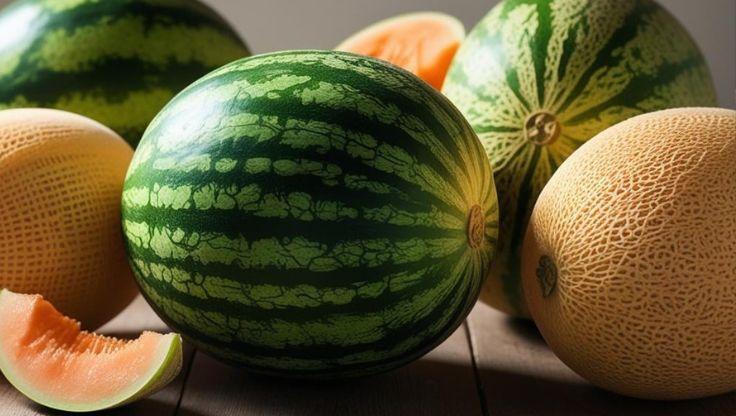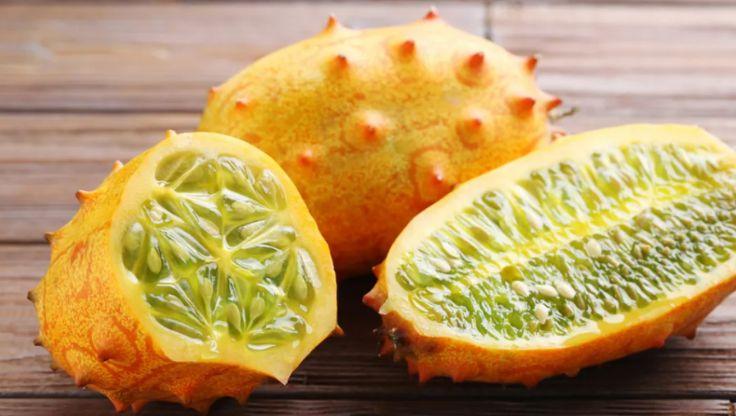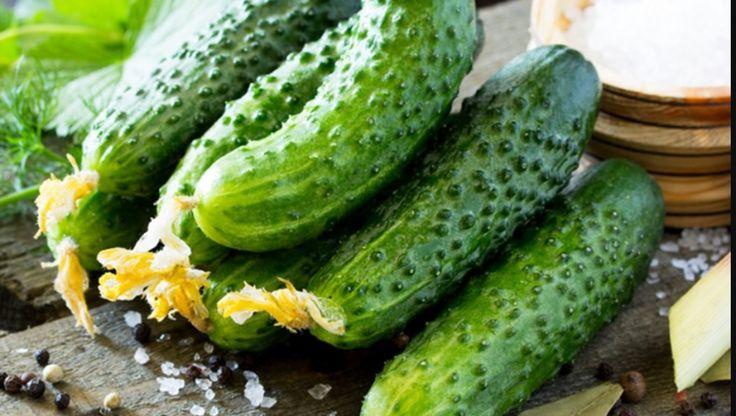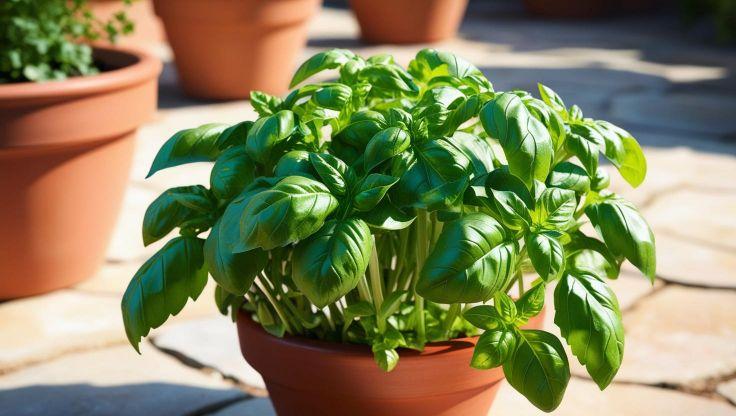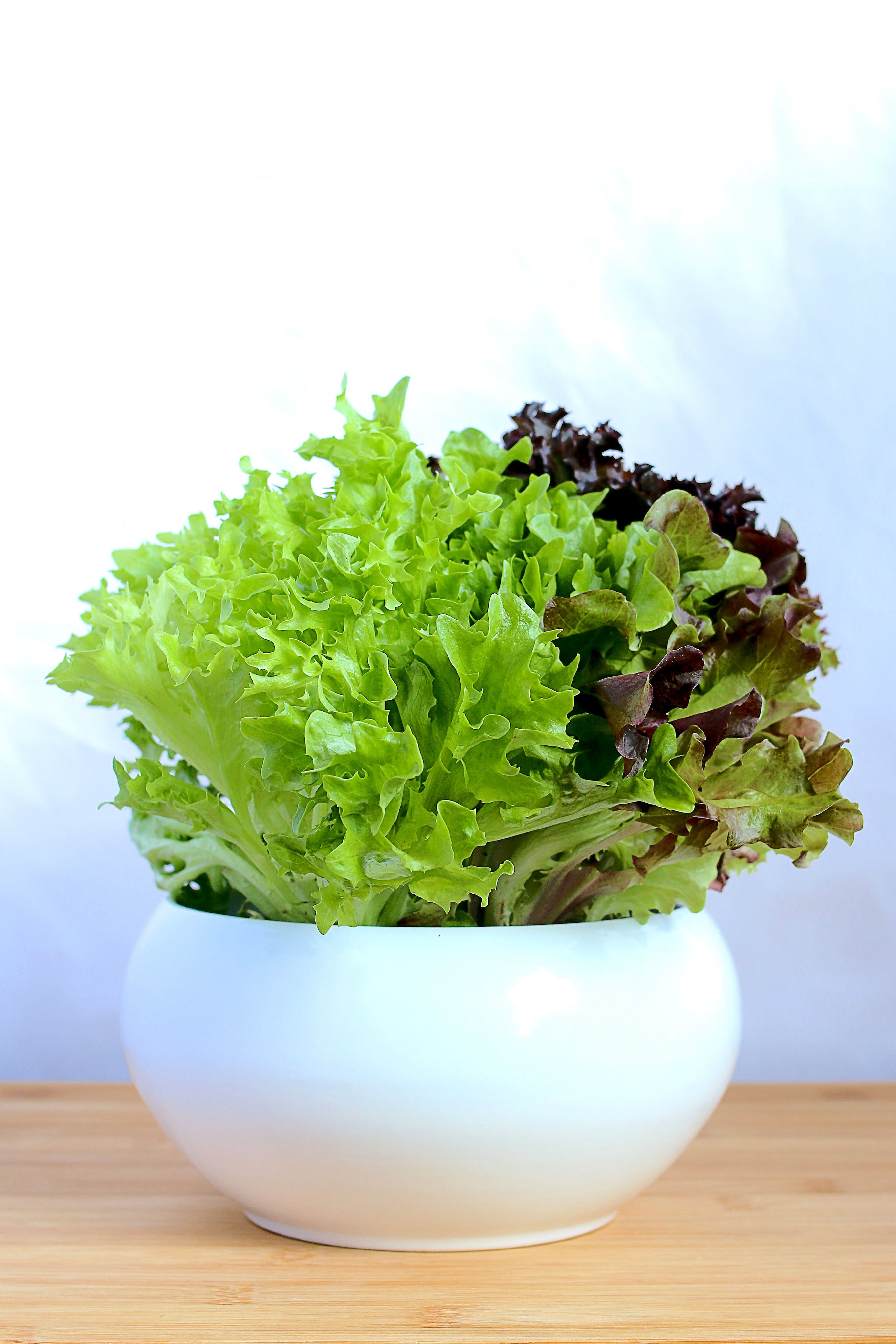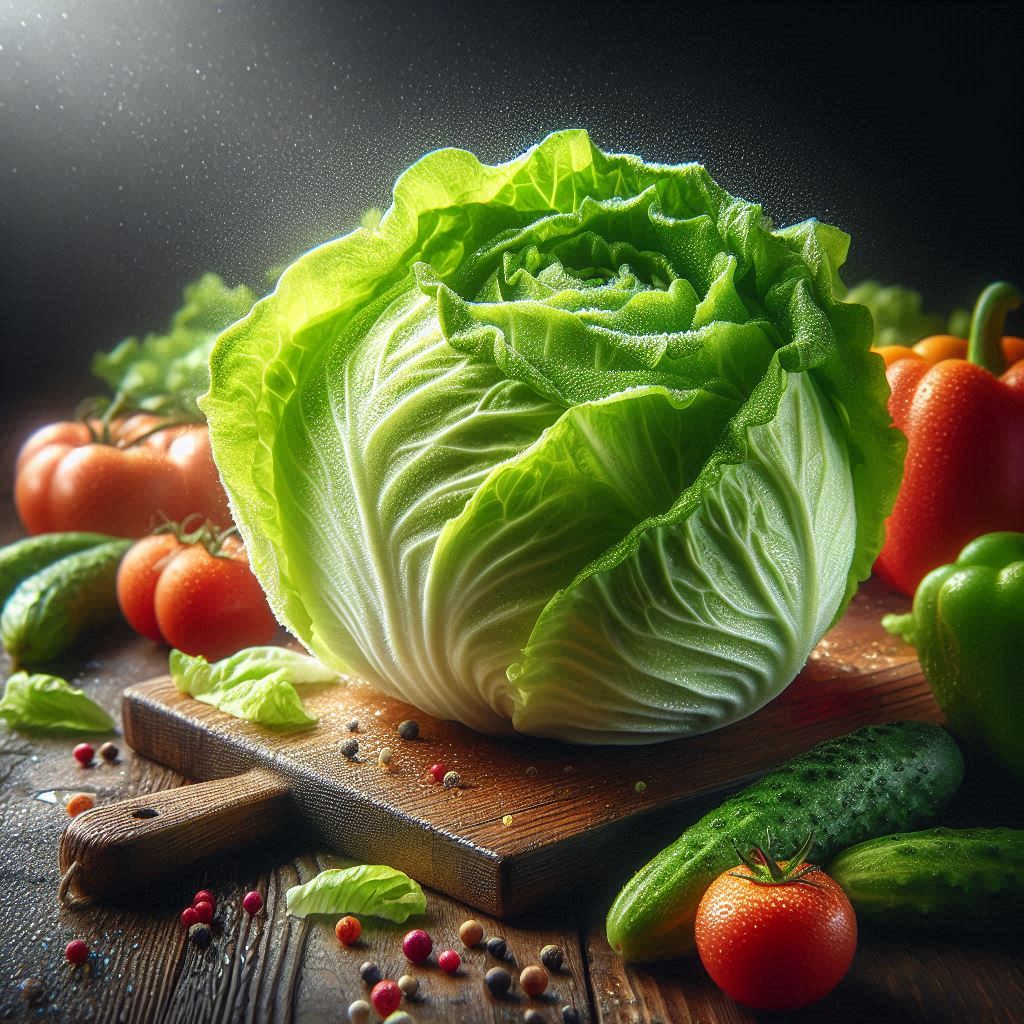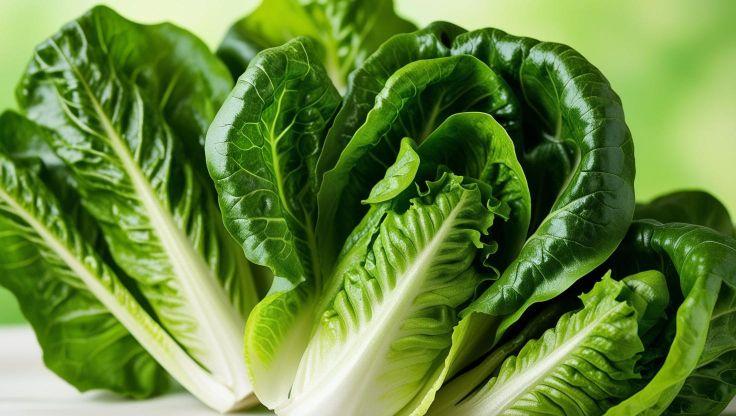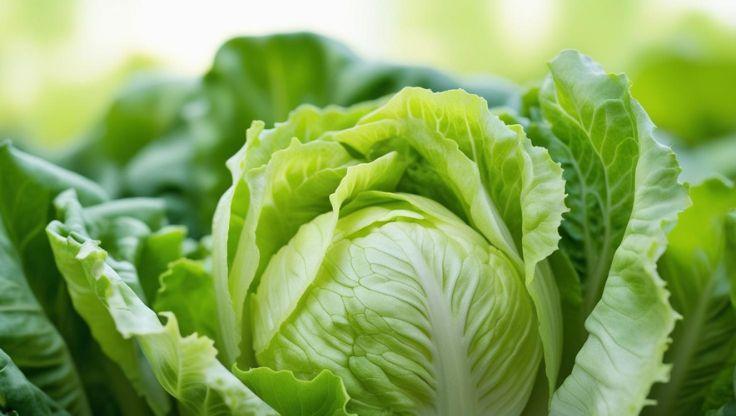Hydroponic Plants: Cosmos Flowers and Their Cultivation in Hydroponic Systems
Hydroponic Plants like Cosmos (Cosmos spp.) are delicate, daisy-like blooms. Native to Mexico and South America, they are admired for vibrant colors and easy growth. These flowers thrive in soilless environments, ideal for sustainable indoor gardening. Compared to soil cultivation, hydroponic cosmos grow faster, absorb nutrients controllably, and face fewer pests, proving highly attractive.

Hydroponic Growing Conditions for Cosmos Flower Success
Cosmos flowers, prized for their delicate beauty and a vibrant array of captivating colors, can flourish exceptionally well when cultivated within carefully managed hydroponic systems. Successfully nurturing these hydroponic plants requires meticulous, consistent environmental control. This ensures they receive the precise inputs vital for achieving optimal plant health and a prolific, stunning display of blooms.
Nutrient Solution: Key pH and EC for Hydroponic Plants
For the robust and vigorous growth characteristic of healthy hydroponic plants like cosmos, precision within the nutrient solution is absolutely fundamental for overall success. An ideal pH range of 5.5–6.2 is essential; this specific acidity ensures that all key macro and micronutrients remain soluble and are thus readily available for efficient uptake by the plant's root system.Additionally, maintaining an Electrical Conductivity (EC) between 1.0–1.5 mS/cm is crucial for the optimal development of these thriving hydroponic plants.
Optimizing the Atmosphere for Flourishing Cosmos
As inherently light-loving hydroponic plants, cosmos flourish splendidly when provided with a consistent 12–16 hours of high-quality daily light. This is typically supplied by efficient LED or fluorescent grow light sources strategically placed. This extended photoperiod is a cornerstone of their care, effectively powering photosynthesis and actively encouraging the abundant, vibrant blooming desired from healthy cosmos specimens.
A stable ambient temperature, consistently maintained between 18–22°C (64–72°F), underpins steady and vigorous plant development in these temperature-sensitive hydroponic plants. Preventing drastic or sudden temperature shifts is key. This carefully selected thermal range promotes optimal metabolic functions within the cosmos, thereby avoiding plant stress and fostering robust, resilient overall growth characteristics for your plants.
Finally, to complete the ideal growing environment for these hydroponic plants, diligently maintain relative humidity levels carefully between 50–70%. This balanced atmospheric moisture is critical. It effectively prevents plant desiccation (drying out) and significantly curtails the risk of common fungal issues, such as powdery mildew, often a concern when cultivating various plants indoors.
Cultivation Process of Cosmos Flowers in Hydroponics
The hydroponic cultivation of cosmos flowers offers a precise and highly efficient pathway from the initial seed stage to a profusion of stunning, vibrant blooms. This innovative soilless technique grants growers enhanced control over nutrient delivery and crucial environmental factors. It makes this method highly effective for these delicate and rewarding ornamental hydroponic plants. Cosmos demonstrate remarkable adaptability to hydroponic systems.
Seed Sowing and Germination for Hydroponic Starts
The cultivation journey begins with meticulous and careful seed sowing practices for best results. For optimal outcomes, cosmos seeds should be placed individually, one per designated hole, within specialized hydroponic propagation trays or directly into inert growing media such as rockwool cubes or clean coco coir plugs. This careful spacing prevents early overcrowding and resource competition. It significantly fosters robust root systems crucial for healthy young hydroponic plants.
Transplanting Seedlings and Nurturing to Maturity
Once seedlings have robustly developed several sets of true leaves and a visible, healthy root mass, they are ready for careful transplanting into the main hydroponic system. This could be a Deep Water Culture (DWC) or Nutrient Film Technique (NFT) setup. Subsequently, these developing cosmos hydroponic plants typically progress to flowering maturity within a 6 to 8-week timeframe for harvesting.
This maturation period for your cosmos hydroponic plants is directly influenced by consistent optimal environmental management. Key factors include carefully regulated light cycles and maintaining the stability of the nutrient solution. Monitoring these elements closely ensures that the plants receive everything they need to thrive and produce an abundance of flowers consistently throughout their growth cycle.
Selecting Cosmos Varieties for Hydroponic Success
Certain cosmos varieties exhibit exceptional adaptability and resilience when grown in soilless culture environments. Notably, Cosmos bipinnatus, celebrated for its classic, airy daisy-like floral appeal, and Cosmos sulphureus, often distinguished by its vibrant yellow and orange hues, are prime selections for hydroponic plants. Both these varieties thrive vigorously in well-managed hydroponic setups, consistently rewarding growers with beautiful blooms.
Versatile Uses and Notable Benefits of Cosmos Flowers
Cosmos flowers are widely admired for their inherent ornamental charm and their vibrant, cheerful garden presence. Beyond sheer beauty, they offer a fascinating spectrum of valuable uses and diverse benefits for growers. Applications range from unique culinary enhancements to potential wellness support. Notably, sustainable cultivation is a key advantage, especially when these adaptable blooms are nurtured as productive hydroponic plants.
Culinary Applications: Edible Cosmos Petals
Cosmos flower petals are strikingly vibrant and indeed entirely edible, offering a unique culinary experience. They are frequently employed as an elegant garnish for diverse dishes and creative presentations. This includes fresh salads, intricate desserts, and sophisticated beverages. Sourcing from cleanly grown hydroponic plants is ideal for ensuring purity. Their subtle flavor often imparts delicate floral notes.
Potential Medicinal Properties and Wellness Support
Historically, certain cosmos species are recognized for wellness attributes in various traditional ethnomedicinal practices. Their benefits often link to a rich content of beneficial antioxidants and other bioactive compounds. This valuable potential is notably enhanced when cultivated as exceptionally clean hydroponic plants, free from soil contaminants. These potent natural compounds are believed to support inherent anti-inflammatory responses effectively.
Sustainability Gains with Hydroponic Cultivation
Hydroponic cosmos cultivation champions environmental stewardship through remarkable resource efficiencies and a reduced ecological footprint. These carefully managed hydroponic plants typically require up to 80% less water than conventional agriculture. This innovative soilless method effectively curtails soil degradation and nutrient depletion. It also minimizes agricultural runoff and substantially reduces overall pesticide dependence, fostering healthier hydroponic plants.
Conclusion: Embracing Cosmos in Hydroponic Gardening
Growing cosmos as hydroponic plants offers an efficient, sustainable, and rewarding experience for hobbyists and commercial cultivators alike. By meticulously managing their environmental conditions, nutrient inputs, and cultivation stages, one can enjoy these vibrant blooms year-round. The versatility of cosmos, from culinary uses to their sheer aesthetic appeal, is further amplified by the benefits of hydroponic methods.
Research for expert insights
Uncover expert-level insights and key takeaways by reviewing these informative articles.
|
Institution |
Article Title |
Article Link |
|---|---|---|
|
Springer |
Cosmos sulphureus Cav. is more tolerant to lead than copper and chromium in hydroponics system |
|
|
Bioscene |
Sulfur cosmos (C.Sulphureus) - A Multifaceted Botanical Treasure: A Review of Ethnobotanical Knowledge and Phytochemical Insights |
|
|
SARE |
Study of hydroponics in cut flower production to increase water conservation and crop quality |
A comprehensive breakdown of key points ensures their work is a reliable resource for readers striving to learn more.


